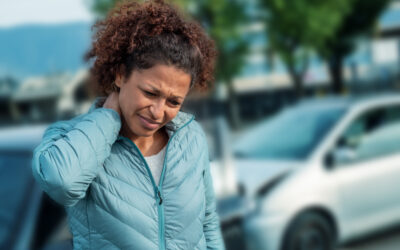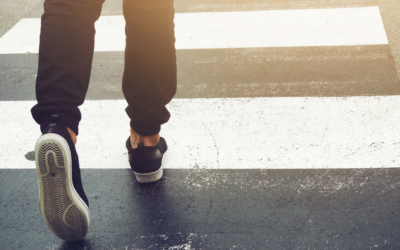The facts are clear — seat belts save lives. The National Highway Traffic Safety Administration (NHTSA) estimated that buckling up saved 14,955 lives in 2017. Currently, 90.3% of vehicle occupants use seat belts, some of the highest numbers ever. With stats like that, the public perception regarding seat belts has changed dramatically, even from ten years ago. But it’s still not enough. With all the facts and data available to support usage, it’s easy to understand why wearing a safety belt is important. Still, many people hop in their vehicles without a thought to their seat belt. Here are some reasons why “clicking in” should be the first thought on your mind when you get in your car.
Reasons Why Wearing a Seat Belt is So Important
In addition to saving lives, seat belts also help prevent injuries. Here’s how.
- Prevent ejection — Being thrown from a vehicle during a crash significantly ups your odds of death or severe injury. Buckling up helps to prevent that and keeps you safer from injuries.
- Reduces injury from interior surfaces — You might collide with the steering wheel, airbag, etc. However, if you’re strapped in, you’ll hit with much less force, resulting in a lower chance of serious injury.
- Puts less stress on one part of the body — Think about the seat belt design — a lap band and then a shoulder band. What’s the point of both? Well, the two harnesses are used to spread the force of energy over a wide part of the body, limiting stress to one particular area.
More than half of teens and adults that died in a car accident were not wearing their seat belt. In combination with safe driving, meaning no texting or speeding, Buckling up helps prevent deadly auto accidents.
The Proper Fit
Not wearing your seatbelt correctly increases the chances of injury during a crash. Here are some tips on achieving the best fit.
- Make sure the lap belt is secured across the hips, not the stomach. The shoulder belt should rest in the middle of the chest.
- Adjust your seat for a more comfortable position. Avoid reclining too far back.
- Do NOT place the shoulder belt behind you or place it under your arm.
- ALWAYS buckle up every time, even if you’re only going down the road. The NHTSA reports that 52% of accidents occur within five miles of the home and 69% within ten miles, so even if you’re just going out for a quick drive to the store, wearing a seat belt could ultimately save your life.
Accident Settlements and Seat Belt Defense
If an accident does occur, and you sustain an injury, you may receive less of a settlement because you weren’t wearing a seat belt. Colorado is one of the states that follow comparative negligence, meaning you may be held accountable for some damages because you weren’t buckled up and protecting yourself. The same rule would apply if the other driver wasn’t wearing a seat belt, and it could be proven.
In addition to comparative negligence, a seat belt defense may cite a failure to mitigate damages. This means that the party responsible fails to take appropriate action to limit injuries. Not wearing a seat belt is a prime example of this defense, and if successful, could reduce an accident settlement amount.
Finding a Qualified Personal Injury Attorney
At Cave Law, we have a team of expert personal injury attorneys who are ready to help. We value our clients and handle all cases with utmost care and professionalism. Ensure you reach out today to speak to a specialized lawyer with years of experience in the field.





